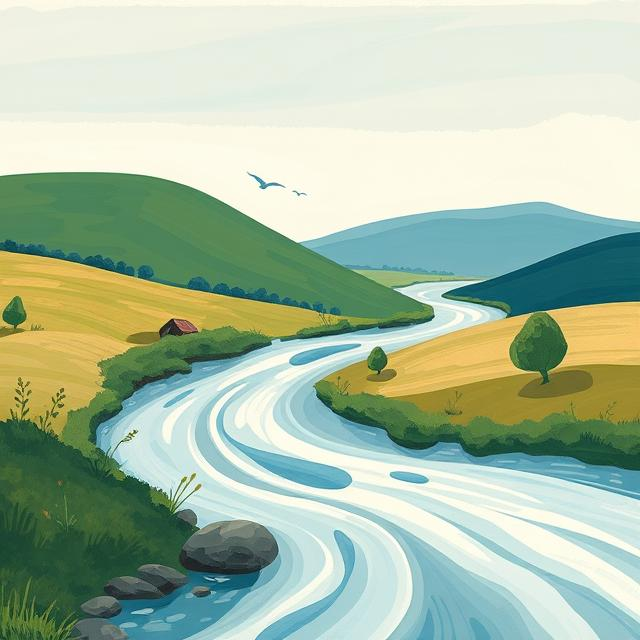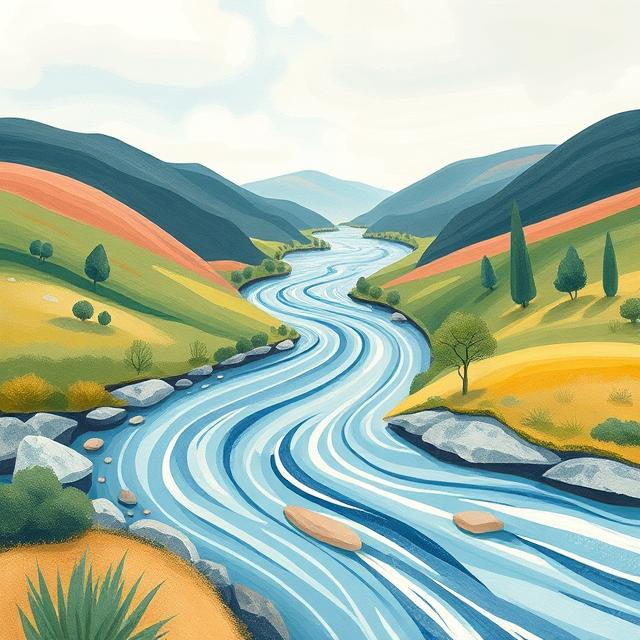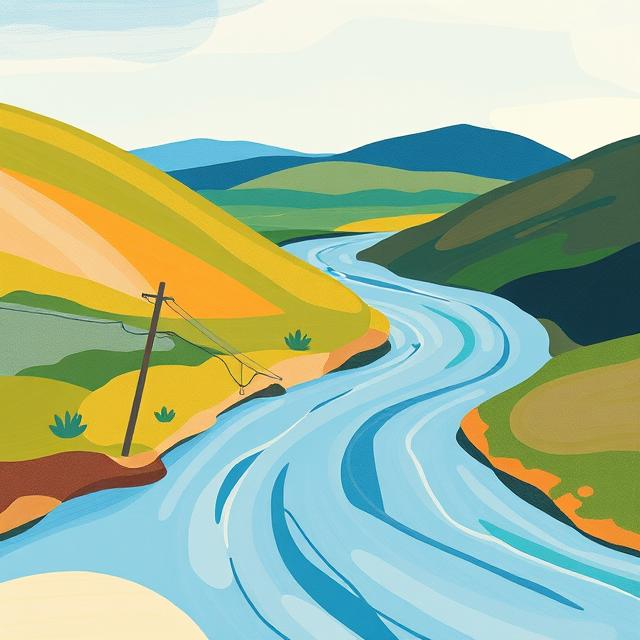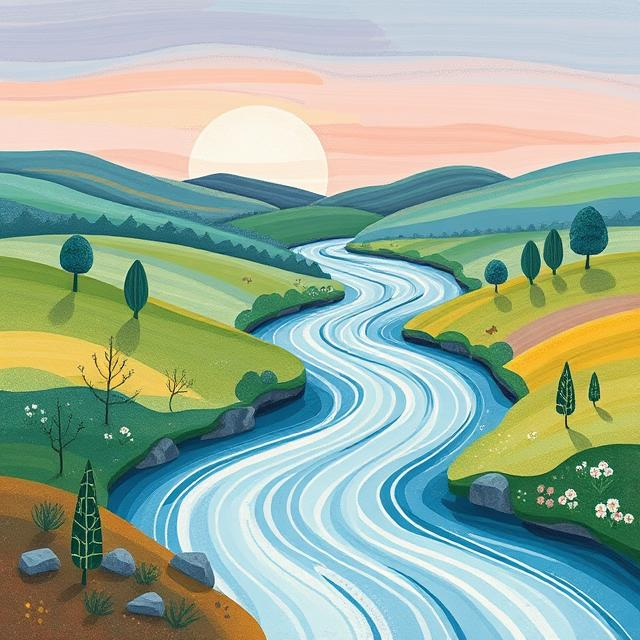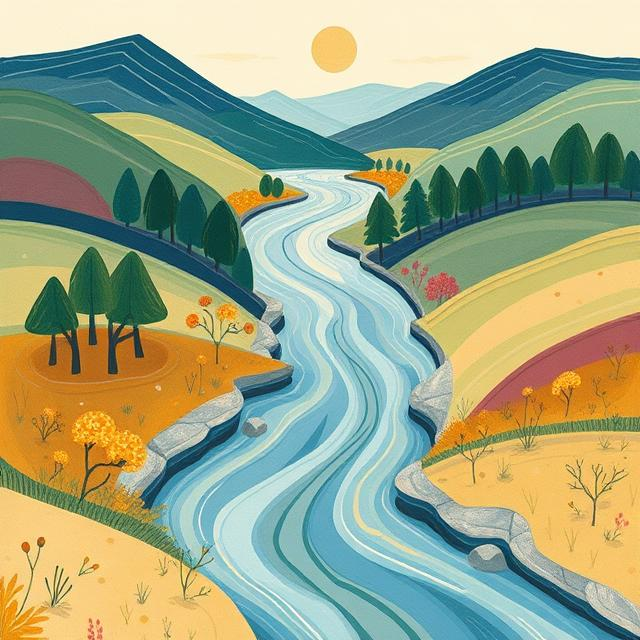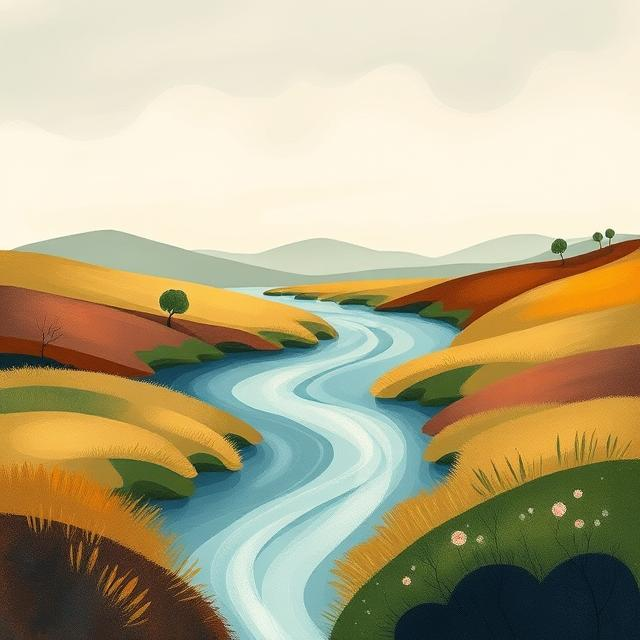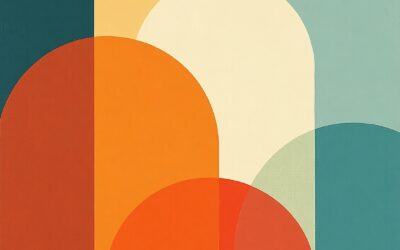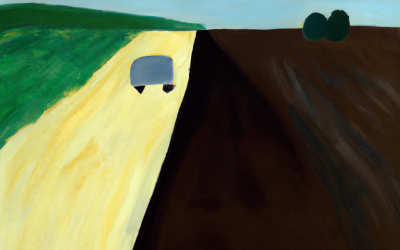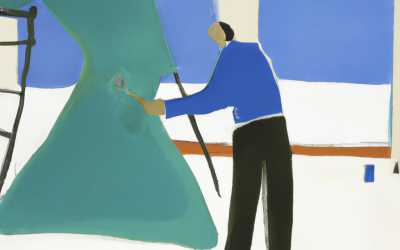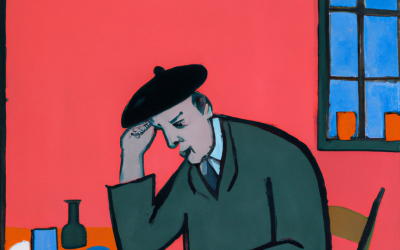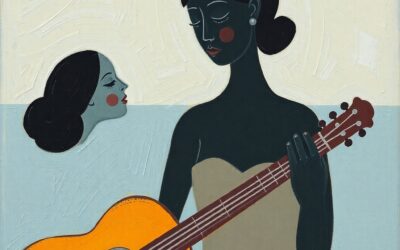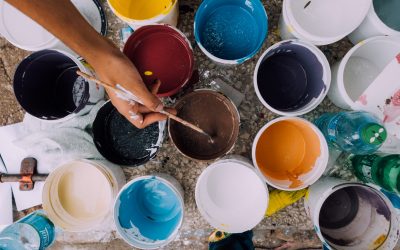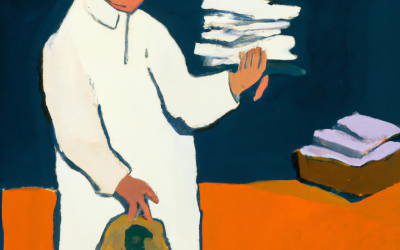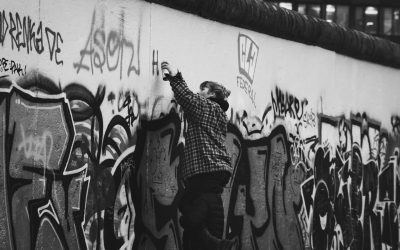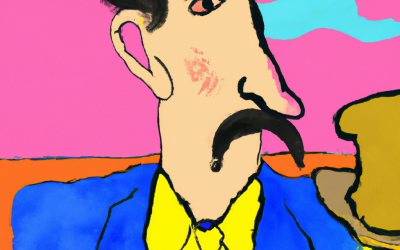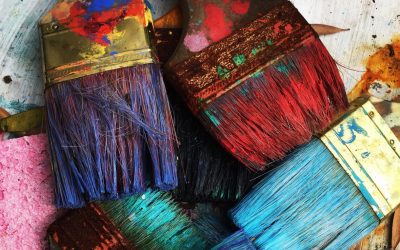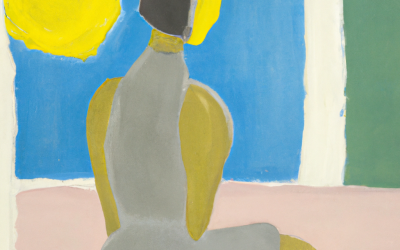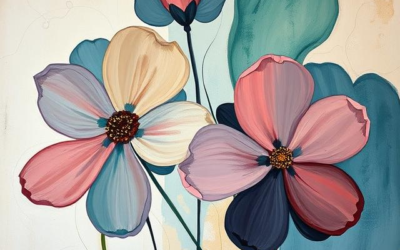Art Beyond Ego
In the modern art world, creativity is often seen as a product of personal expression, emotion, or even struggle. But what if art could be something beyond the personal—beyond ego? What if creativity could arise not from ambition, but from an open, clear mind? This is the heart of Dharma Art, a term introduced by Tibetan Buddhist teacher Chögyam Trungpa Rinpoche.
Dharma Art is not just about making beautiful things or expressing emotions—it is about seeing clearly and creating directly from a space of awareness. It is a way of working that can help artists move beyond self-doubt, artistic blockages, and attachment to results. It allows art to arise naturally, like a reflection in a mirror, rather than forcing it into existence.
What is Dharma Art?
According to Chögyam Trungpa, Dharma Art is art that arises from a state of awareness and non-aggression. It is not about trying to impress, provoke, or market oneself. Instead, it is about creating from a place of pure perception—responding directly to the world without interference from ego-driven agendas.
Trungpa Rinpoche saw Dharma Art as a practice of discipline and meditation in action—one that cultivates mindfulness, precision, and a deep respect for the materials, the space, and the process itself. It is not about proving something to the world but about revealing something that is already there.
The Principles of Dharma Art
Trungpa Rinpoche laid out several key ideas about Dharma Art, including:
- First Thought, Best Thought – Spontaneity and direct perception are key. Overthinking and second-guessing cloud the natural clarity of expression.
- Art as Awareness – True art arises when the artist is fully present, not caught up in personal narratives or self-consciousness.
- Non-Aggression in Art – The act of creating should be free from the need to control, manipulate, or dominate.
- The Artist as a Channel – The artist does not impose meaning but allows meaning to arise naturally from direct experience.
- Art and Meditation are One – The principles of meditation—clarity, simplicity, and being fully in the moment—are the same principles that make great art.
How Dharma Art Helps Artists With Their Creative Process
Dharma Art is not just a theory—it is a practical approach that can help artists overcome common creative obstacles and find a deeper sense of flow in their work. Here’s how:
1. Overcoming Creative Blocks Through Awareness
Many artists struggle with creative block, often because they are too focused on making something “good.” Dharma Art helps by shifting focus away from judgment and expectation and toward pure perception.
Instead of worrying about whether an idea is “worthy,” an artist practicing Dharma Art simply observes, responds, and creates. This frees up energy and prevents the mind from shutting down due to fear or perfectionism.
2. Finding Flow and Spontaneity
“First thought, best thought” is a powerful tool for entering a state of flow. Instead of analyzing and revising ideas to death, Dharma Art encourages artists to trust their instincts and go with their first, most direct impression.
This can lead to work that feels more alive, fresh, and effortless, rather than overworked or contrived.
3. Letting Go of Ego and Attachment to Results
One of the biggest obstacles for artists is attachment to outcomes. Fear of failure, desire for recognition, and self-doubt all come from an ego-based approach to creativity.
Dharma Art teaches that the process itself is the art. If you paint, you paint. If you write, you write. The outcome is secondary. This shift in perspective removes the pressure to create something “successful” and instead allows for authentic creation to emerge.
4. Seeing the World More Clearly
Through mindfulness and direct perception, artists practicing Dharma Art learn to see their surroundings more clearly. Instead of filtering experience through personal biases, they cultivate pure seeing—observing colors, shapes, movements, and emotions as they are.
This heightened perception naturally leads to more compelling, original, and deeply felt artistic work.
5. Respecting the Space and Materials
In Dharma Art, the relationship between the artist and their tools, space, and environment is deeply important. Trungpa Rinpoche emphasized that art is not just about the final product—it is also about how it is created.
- Treating brushes, paints, and materials with respect brings greater awareness and precision.
- Working in an uncluttered, intentional space cultivates clarity and mindfulness.
- Recognizing the sacredness of the creative act makes the work more meaningful and alive.
Examples of Dharma Art in Action
Many contemporary artists, knowingly or unknowingly, have worked in ways that align with Dharma Art. Here are a few examples:
1. John Cage – Music as Presence
Avant-garde composer John Cage was deeply influenced by Zen Buddhism and its emphasis on direct experience. His famous piece 4’33” consists of four minutes and thirty-three seconds of silence—not because there is no sound, but because the “music” is whatever sounds happen to be present in the space.
This aligns perfectly with Dharma Art: the art is already there—we just have to be present enough to hear it.
2. Agnes Martin – Painting as Meditation
Abstract painter Agnes Martin saw her work as an extension of meditation. Her minimalist grids and soft washes of color were created with deep attention and care, reflecting a state of stillness and clarity.
Her approach mirrors Trungpa’s teachings: art is not about self-expression, but about revealing a deeper truth.
3. Kazuaki Tanahashi – The Flow of Calligraphy
Master calligrapher Kazuaki Tanahashi embodies Dharma Art in his approach to brushwork. His calligraphy is spontaneous, fluid, and precise, created in a single stroke without correction.
This is “first thought, best thought” in action—trusting the process, embracing imperfection, and allowing art to arise naturally.
Making Art a Path of Awakening
Dharma Art is more than just a creative approach—it is a way of seeing and being. It teaches us that creativity is not about striving, proving, or forcing things into existence. Instead, it is about being fully present, perceiving clearly, and allowing art to arise naturally.
For artists looking to deepen their practice, overcome blocks, and create work with more clarity and authenticity, Dharma Art offers a profound and liberating path. By embracing awareness, spontaneity, and non-attachment, we can transform our creative process into something that is not just artistic, but deeply meditative, meaningful, and alive.
So, next time you sit down to create, take a breath. Let go of expectations. See what arises. Let the art make itself.

